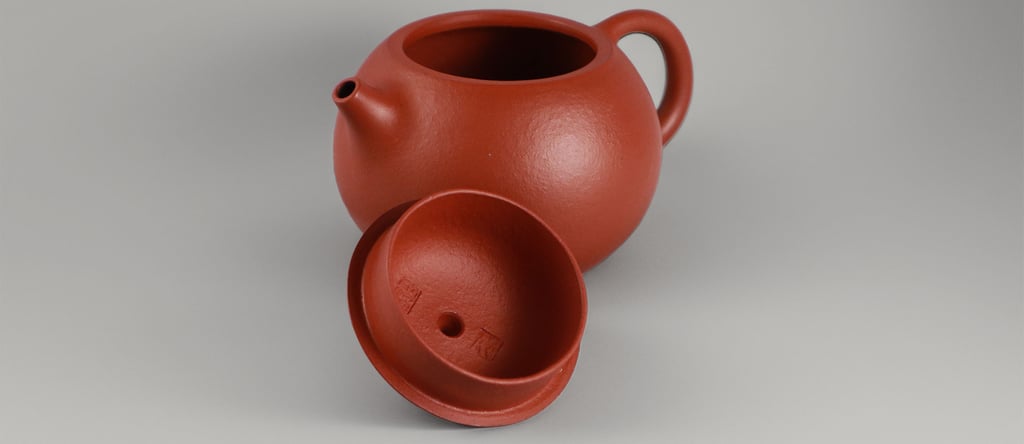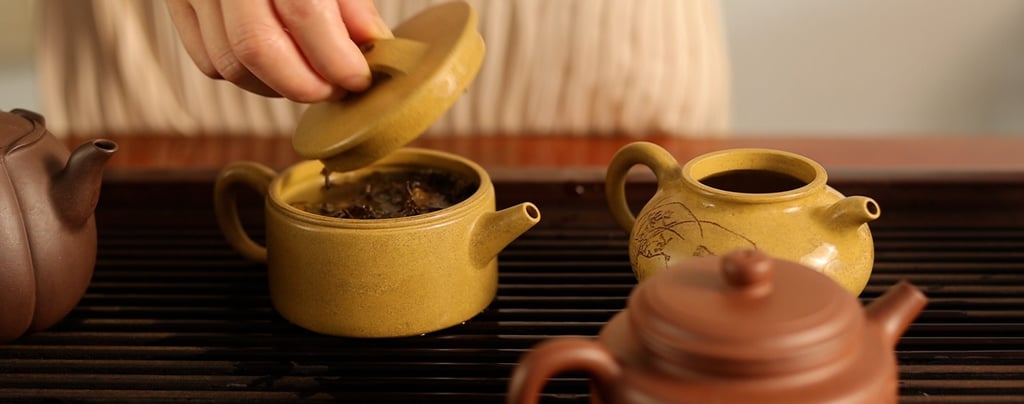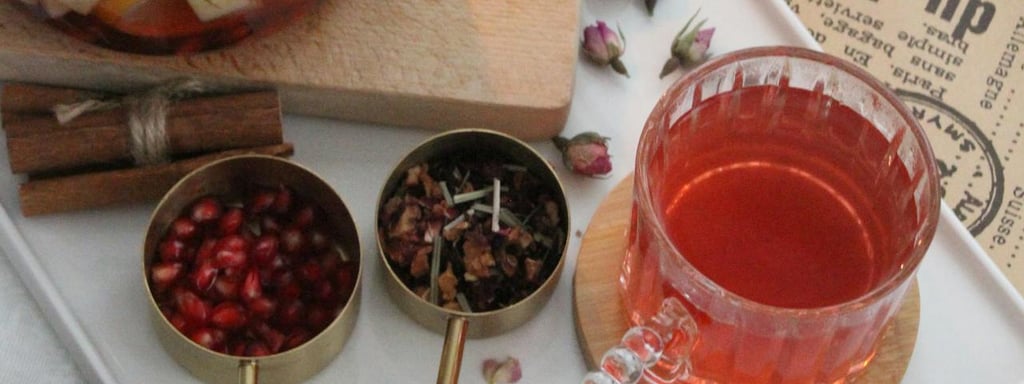Unveiling the Relaxing Power of Tea
Tea isn’t just a drink—it’s a calming ritual. From its soothing warmth to the mindful brewing process, tea helps reduce stress and promote relaxation. Discover how tea can bring tranquility to your day, whether alone or shared with others.
TEA LIFE
Drinking tea has actually long been associated with relaxation and calmness, and it's not just a matter of practice. From the warmth of the liquid to the ritual of preparing it, tea offers a sensory experience that helps reduce stress and improve overall wellness. But why does something so simple feel so effective? Let's break it down.
Understanding the Relaxing Effects of Drinking Tea
Warmth and Fragrance
The warmth of a freshly brewed cup isn’t just comforting—it’s physically calming. Holding a warm mug can relax tense muscles and ease physical stress. On top of that, tea's aroma works wonders on the mind. Scents like chamomile, lavender, and mint are known for their calming effects. That moment when the steam hits your face? It’s more than just a nice smell—it’s a trigger for your brain to slow down.
Chemical Harmony
Tea isn’t just about feelings—it’s about science too. Many teas contain L-theanine, an amino acid known for promoting relaxation without causing drowsiness. It works by boosting alpha waves in the brain, the same waves linked to a relaxed, alert state. Combine that with antioxidants like polyphenols, and you’re not just calming your mind—you’re supporting your body too.
The Ritual of Tea
There’s something meditative about the process of making tea. Measuring the leaves, steeping them just right, watching the steam rise—it’s a mini mindfulness practice. For some, using a traditional clay teapot adds an extra layer of connection to an ancient practice. In a world where we’re always rushing, this simple act forces us to pause and be present.
Cultural Connections
Tea has deep cultural roots in many societies, and its social aspect can’t be ignored. Whether it’s a Chinese tea ceremony, British afternoon tea, or just sharing a pot with friends, tea brings people together. That sense of community and connection is inherently soothing.
Personalising Your Tea Experience
The beauty of tea is its variety. Whether you prefer chamomile for bedtime relaxation, green tea for a gentle energy lift, or peppermint for a mid-day reset, there’s a tea for every mood. Pair it with a quality tea set, and you’re not just drinking tea—you’re creating an experience.


Conclusion
Drinking tea isn’t just about the liquid in the cup. It’s the warmth, the fragrance, the ritual, and the cultural connections that make it such a powerful tool for relaxation. So next time you’re feeling overwhelmed, brew yourself a cup, take a deep breath, and let tea do its thing. Because sometimes, the simplest habits are the most effective.
FAQs
1. What tea is best for relaxation? Chamomile, peppermint, and lavender teas are great for relaxation.
2. How does tea reduce stress? L-theanine in tea promotes alpha brain waves, which are linked to relaxation.
3. Is green tea calming? Yes, despite its caffeine, green tea contains L-theanine, which helps balance its effects.
4. Does the type of teapot matter? Clay teapots are often recommended as they enhance the tea’s flavour and aroma.
Tea isn’t just a drink—it’s a ritual, a moment, and a tool for calm in a chaotic world.




